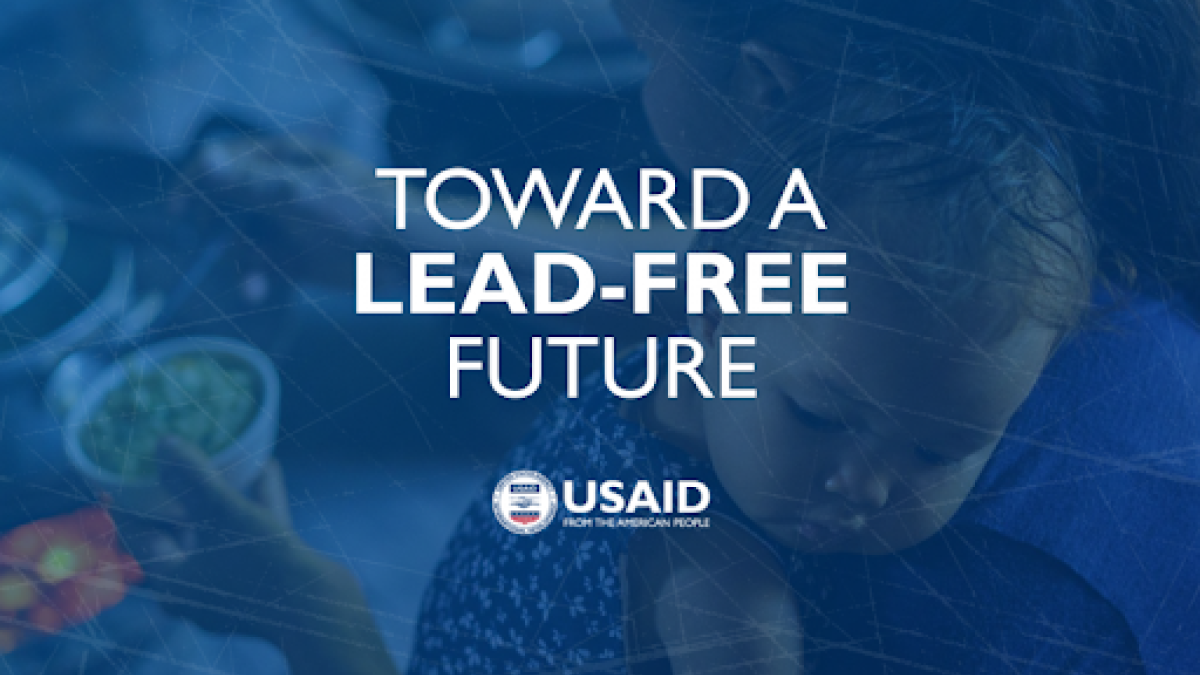Today, on the sidelines of the 79th UN General Assembly, First Lady of the United States Jill Biden, Administrator Samantha Power, and UNICEF Executive Director Catherine Russell launched a global initiative to end childhood lead poisoning in low- and middle-income countries. The Partnership for a Lead-Free Future is the first-ever public-private partnership dedicated to tackling an often neglected yet solvable issue affecting one-in-two children in these countries, with over 50 founding partners at the ground floor of the launch.
Globally, lead exposure kills 1.5 million people each year – more than annual deaths from HIV and malaria combined – and the vast majority of these are in low- and middle-income countries. Lead exposure may account for as much as 20 percent of the gap in educational outcomes between high- and low-income countries and create at least a $1.4 trillion loss in global GDP each year.
Despite the scale of these harms, only $15 million in international funding has gone toward addressing this problem each year. That changed today, when members of the Partnership collectively committed over $150 million toward mitigating global lead exposure, including nearly $25 million that USAID will provide in consultation with Congress. USAID also announced it will integrate capacity for blood lead level testing into its health and demographic surveys and committed to creating a “do no harm” approach to further limit potential risks for lead exposure from USAID’s foreign assistance and ensure greater lead safety in its development programs.
The Partnership for a Lead-Free Future, with a secretariat at UNICEF, is facilitated through growing leadership of national governments, with over 20 countries as founding partners. Since Administrator Power made a call to action to eliminate lead from consumer goods one year ago, six countries have already committed to regulating lead in paint for the first time.
The Partnership will marshal more global attention, leadership, and resources to champion these country-led efforts to phase lead out of consumer goods and ensure safer industrial stewardship of lead. As a first step, it will facilitate blood lead surveys and environmental testing in low- and middle-income countries to determine the source and extent of lead poisoning. Based on the priority areas arising from that measurement, the Partnership will work with national governments to accelerate their efforts to implement effective regulations and standards, and mobilize the private sector to transition to lead-free alternatives and lead-safe industrial operations.
The newly launched Partnership for a Lead-Free Future is open to national governments, international organizations, and philanthropies that support the partnership mission statement, indicating commitment to making concrete efforts that reduce lead exposure.

